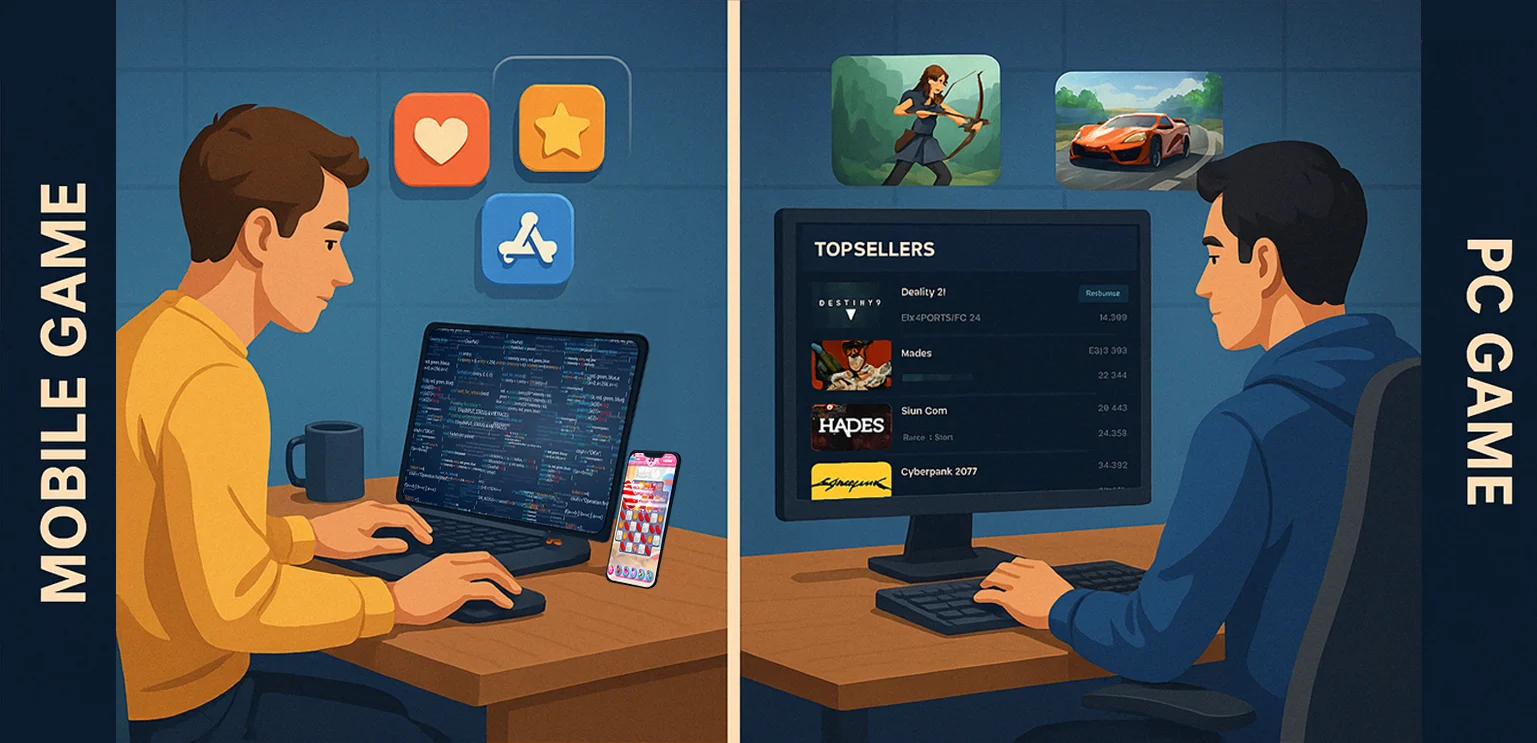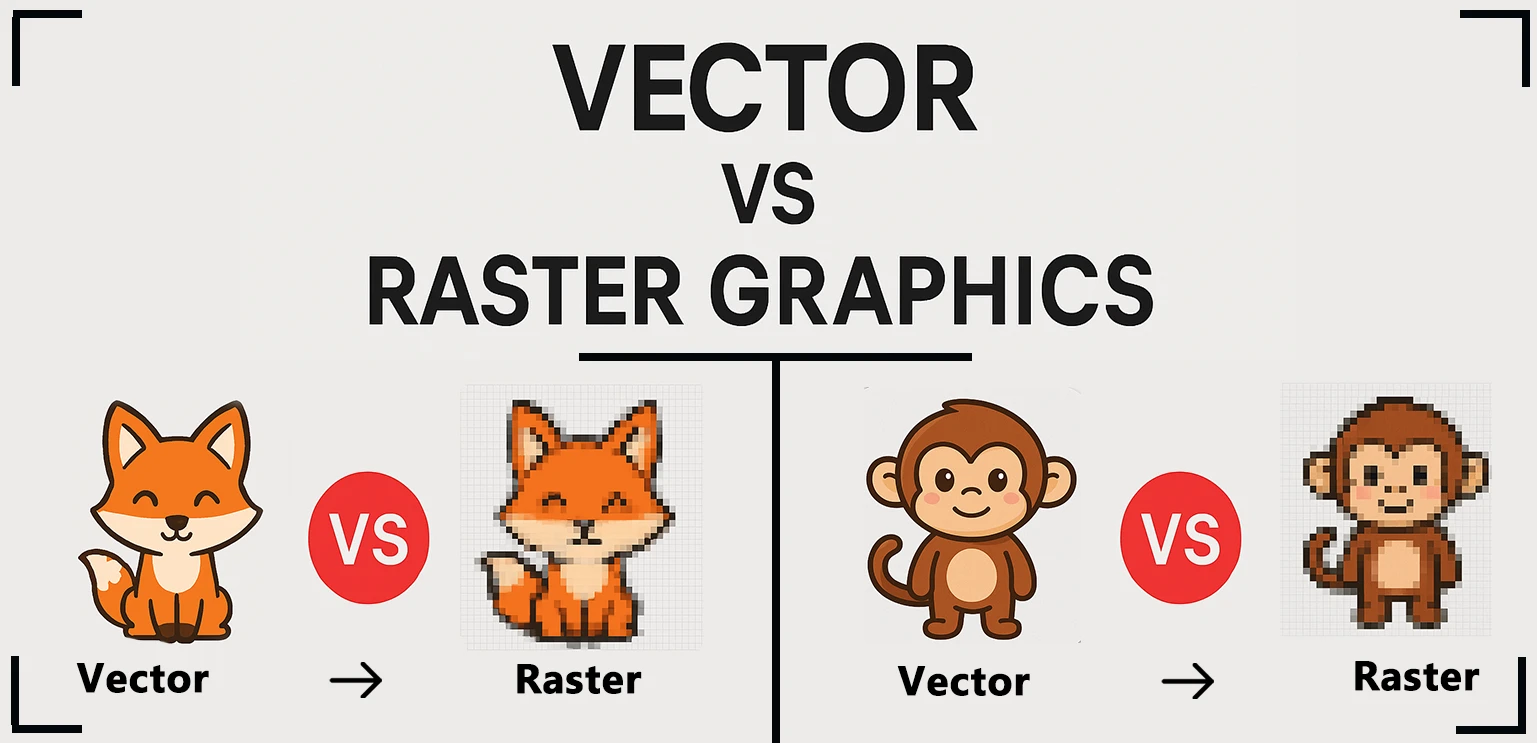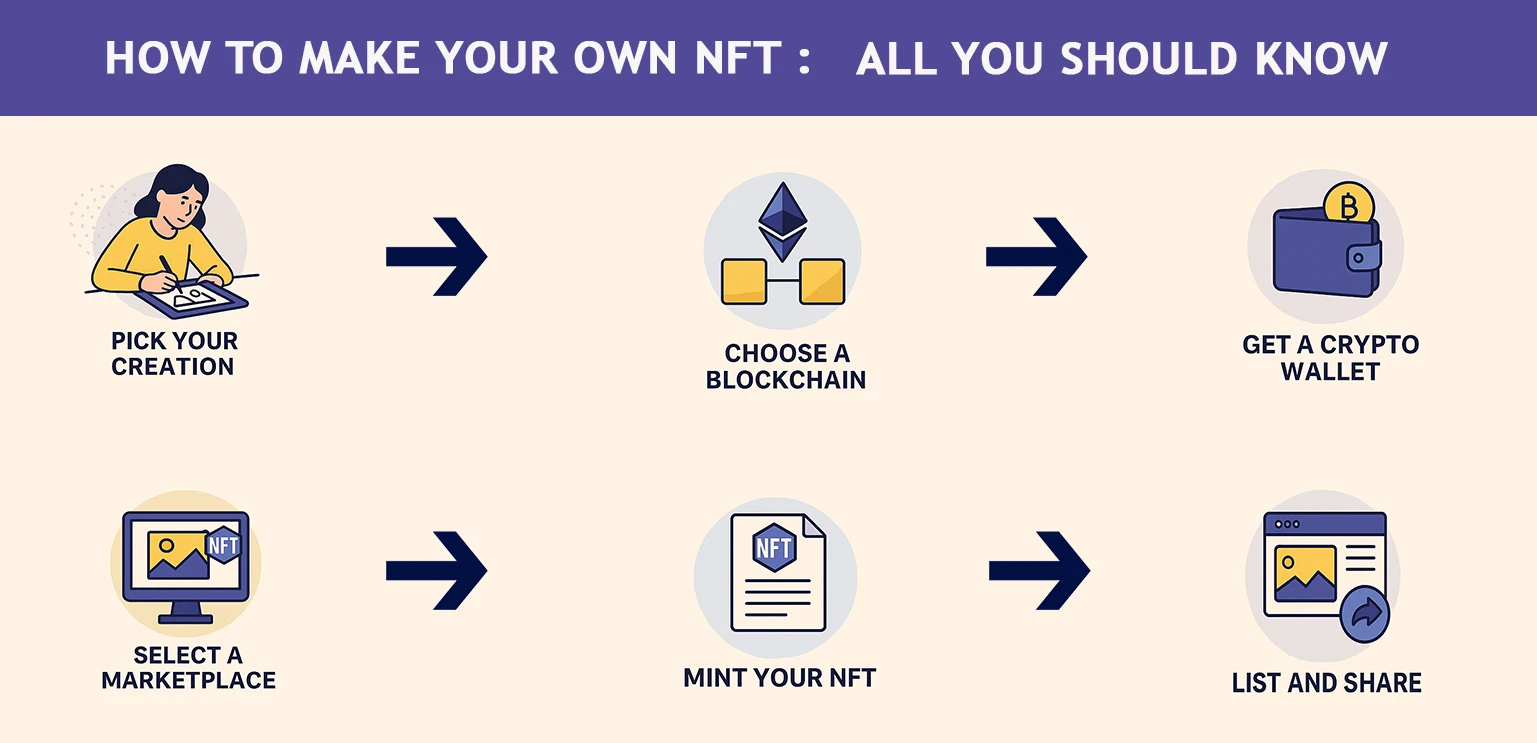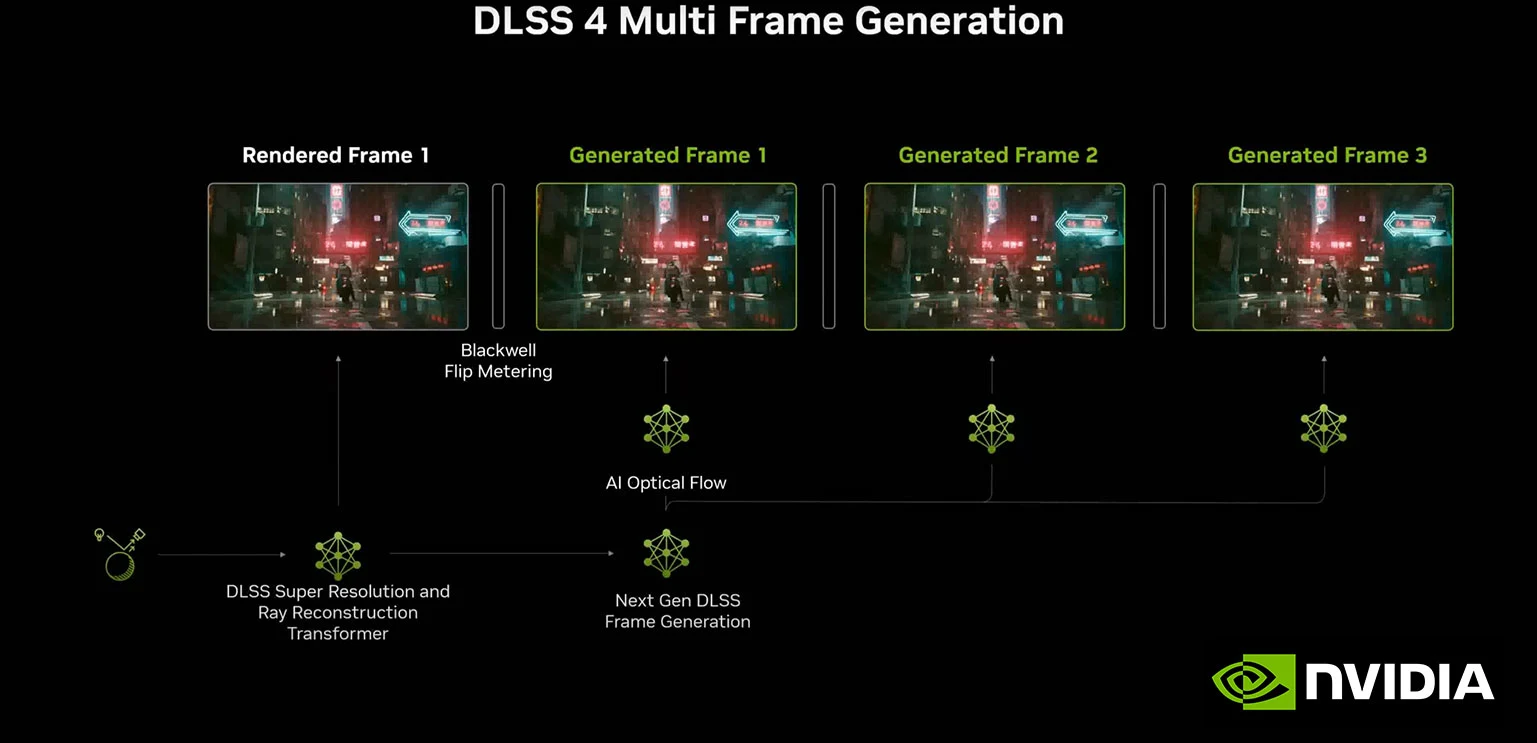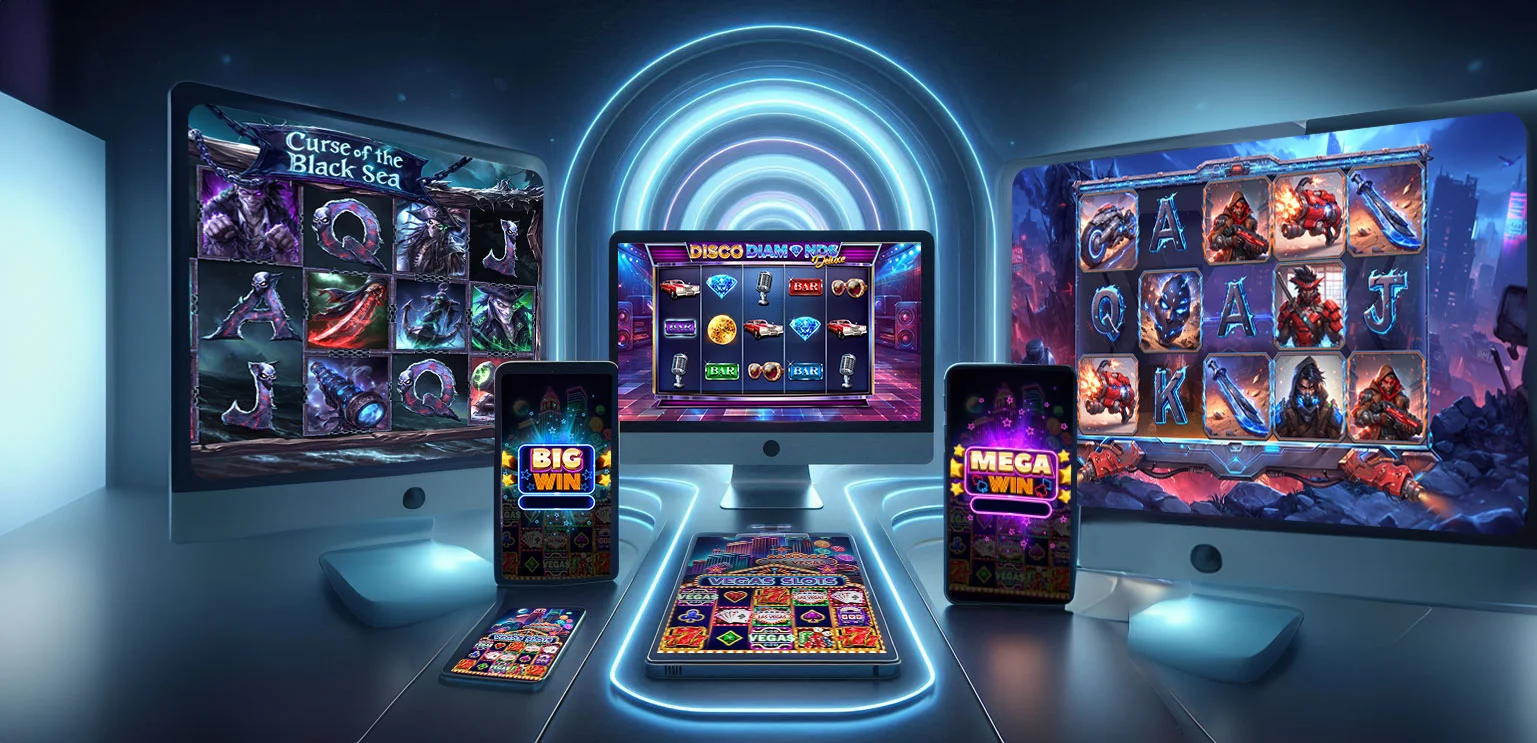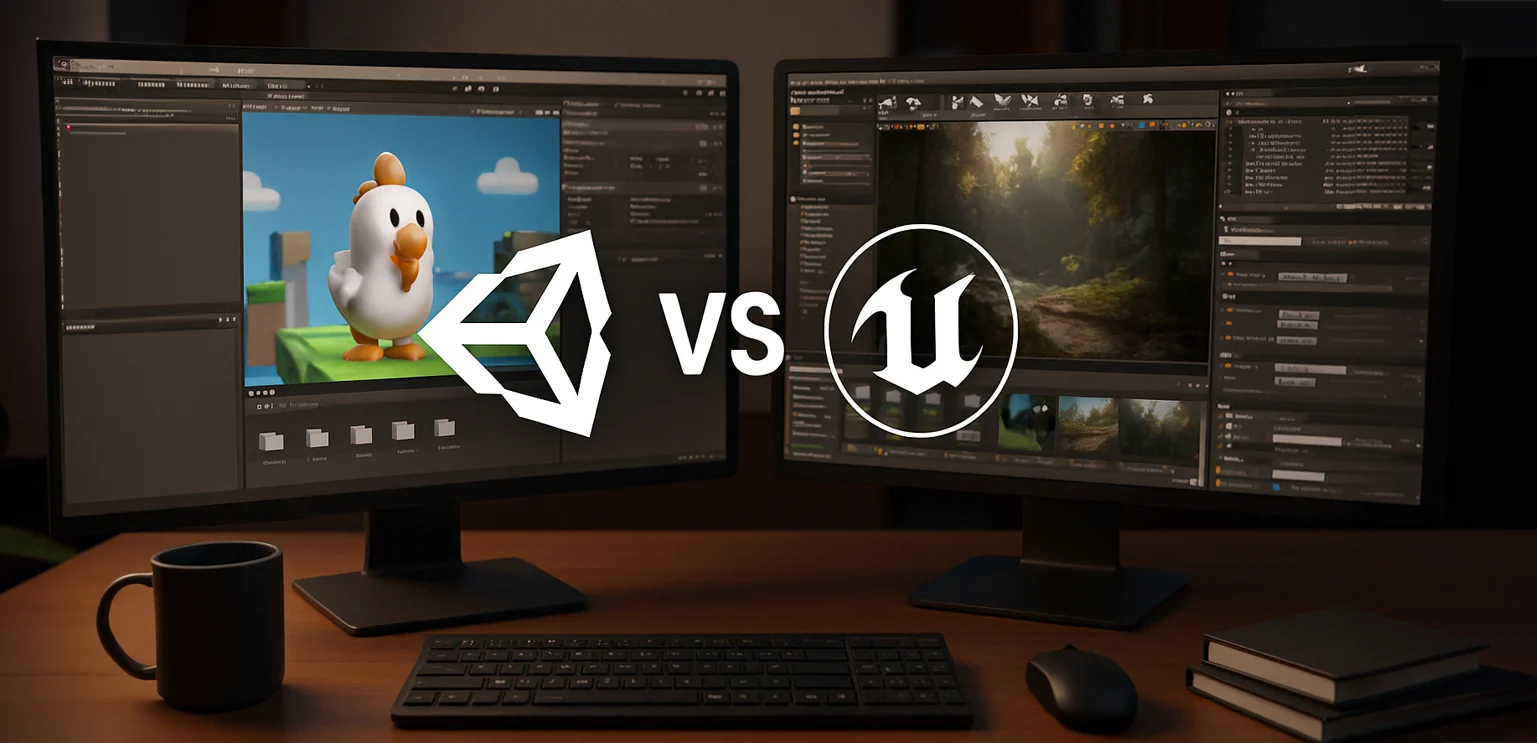Choosing the Right Game Developer- 10 Must-Ask Questions to Avoid Regret Later
Introduction: Navigating the Game Development Maze
You’ve got a brilliant game idea brewing, and the excitement is real—but so is the pressure of choosing the right team to bring it to life. Selecting the right game developer can feel like wandering through a maze, unsure of which path to take. At Gamix Labs, we've guided numerous visionaries through this journey, ensuring their ideas transform into successful games.
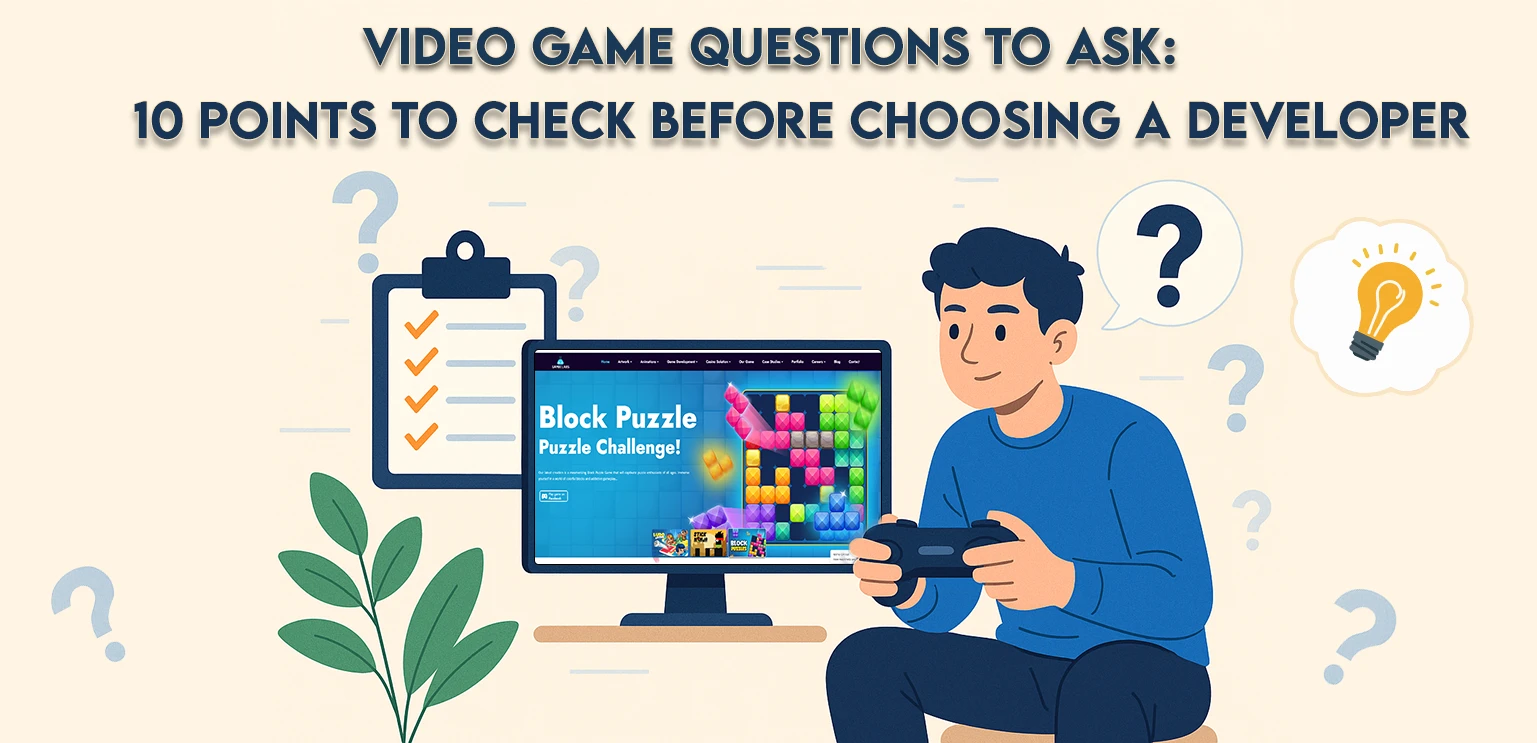
10 Key Questions to Consider When Selecting a Game Developer
1. Can You Showcase Relevant Projects?
Looking through a developer’s portfolio gives you a clear picture of what they’ve done before and what they’re truly capable of. Focus on projects that match your game's style, genre, or complexity. For instance, if you're developing a mobile puzzle game, ensure they've successfully delivered similar titles.
2. What Technologies and Tools Do You Use?
Understanding the tools and technologies a developer employs ensures compatibility with your vision. Whether it's Unity, Unreal Engine, or custom frameworks, their expertise should align with your project's needs.
3. How Do You Handle Communication and Updates?
Regular updates and transparent communication are vital. Establish preferred communication channels and update frequencies to stay informed throughout the development process.
4. What Is Your Development Process?
A well-defined development process—from the first concept to post-launch support—shows the developer’s professionalism and commitment to quality. Inquire about their methodologies, milestones, and quality assurance practices.
5. Can You Provide Client References or Testimonials?
Speaking with previous clients offers first-hand insights into the developer's reliability, work ethic, and quality of output. Positive testimonials can reinforce your confidence in their services.
6. What’s Your Approach to Game Design and User Experience?
The success of a game is heavily influenced by its design and the immersive experience it provides to players. Discuss their approach to creating engaging gameplay, intuitive interfaces, and captivating narratives.
7. What Are Your Pricing Models and Payment Terms?
Transparency in pricing prevents future misunderstandings. Understand their pricing structures, payment schedules, and any additional costs that may arise.
8. Do You Offer Post-launch Support and Maintenance?
Post-launch support ensures your game remains updated and bug-free. Confirm if they provide ongoing maintenance, updates, and user support services.
9. How Do You Handle Intellectual Property and Confidentiality?
Protecting your game's concept and assets is crucial. Ensure they have clear policies regarding intellectual property rights and are willing to sign non-disclosure agreements.
10. What Sets You Apart from Other Developers?
Understanding their unique value proposition helps determine if they're the right fit. Whether it's innovative design approaches, rapid development cycles, or exceptional storytelling, their differentiators should align with your project's goals.
Gamix Labs: Your Trusted Game Development Partner
At Gamix Labs, we’re all about clear communication, a wide range of creative work, and a genuine commitment to delivering top-quality results. Our team collaborates closely with clients, ensuring their visions are realized with precision and creativity. From the first spark of an idea to ongoing post-launch support, we're here to guide you through every phase of the journey.
Conclusion
Choosing the right game developer can make all the difference in turning your game idea into a successful reality. By considering these key questions, you'll gain the insight needed to make a well-informed decision. Remember, it's not just about technical prowess but also about finding a partner who understands and shares your vision.
Ready to bring your game idea to life? Let's embark on this exciting journey together.

